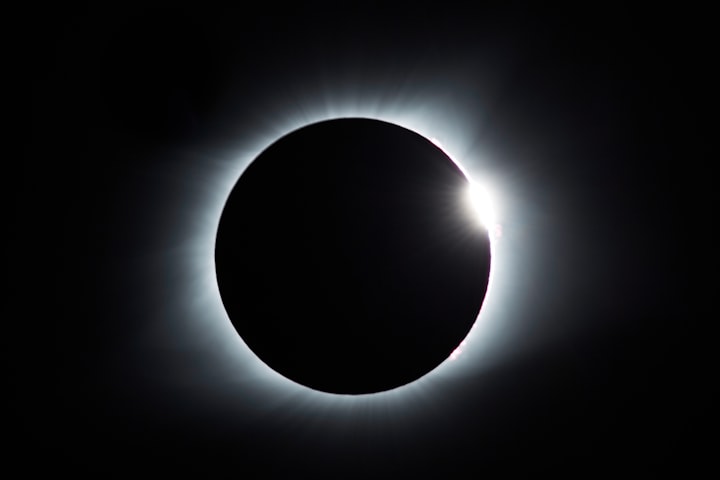Expecting Total Solar Eclipse in 2024-NASA
Future Eclipse

A total solar eclipse will span North America on April 8, 2024, going over Canada, the United States, and Mexico. When the Moon moves between the Sun and Earth, totally obscuring the Sun’s face, this is known as a total solar eclipse. It will get darker in the sky, just like sunrise or sunset.
The most important consideration when seeing a total solar eclipse is safety. Check out these safety tips to make sure you know when to wear specialist eye protection made for viewing solar radiation.
Safety:
Direct solar gazing without specialist eye protection is unsafe, except for the brief total phase of a total solar eclipse when the Moon obscures the Sun’s dazzling face. Severe eye damage will result quickly when looking at any portion of the bright Sun through a telescope, binoculars, or camera lens without a special-purpose solar filter fastened over the front of the optics.
Before and after totality, you must always use safe solar viewing glasses, sometimes known as “eclipse glasses,” or a safe handheld solar viewer to see the partial stages of the solar eclipse directly with your eyes. An indirect viewing technique, like using a pinhole projector, is another option.
What to Anticipate:
There will be a total solar eclipse on April 8, 2024. Until 2044, this will be the final total solar eclipse that can be seen from the contiguous United States.
When the Moon moves between the Sun and Earth, totally obscuring the Sun’s face, this is known as a total solar eclipse. A total solar eclipse is experienced by those who see it from the path of totality, which is where the Moon’s shadow obscures the Sun. It will get darker in the sky, almost like morning or sunset. If the weather permits, those who are in the path of totality will be able to glimpse the Sun’s outer atmosphere, or corona, which is often hidden by the sun’s dazzling face.
Where as well as When:
Starting over the South Pacific Ocean, the complete solar eclipse on April 8, 2024, will traverse North America, crossing across Mexico, the United States, and Canada. The Pacific coast of Mexico will witness totality first in continental North America, weather permitting, at approximately 11:07 a.m. PDT.
Following its journey from Mexico, the eclipse will pass across Oklahoma, Arkansas, Missouri, Illinois, Kentucky, Indiana, Ohio, Pennsylvania, New York, Vermont, New Hampshire, and Maine before entering the United States in Texas. Beginning in Southern Ontario, the eclipse will cross into Canada and go through Quebec, New Brunswick, Prince Edward Island, and Nova Scotia. At 5:16 p.m. NDT, the eclipse will leave continental North America and cross the Atlantic coast of Newfoundland, Canada.
More Eclipses:
- On October 2, 2024, South America will witness an annular solar eclipse, while Antarctica, the Pacific, the Atlantic, and North America will all have partial eclipses.
- March 29, 2025: Europe, Asia, Africa, North America, South America, the Atlantic Ocean, and the Arctic Ocean will all be able to see a partial solar eclipse.
- On September 21, 2025, viewers across Australia, Antarctica, the Pacific and Atlantic oceans will be able to see a partial solar eclipse.
- On February 17, 2026, Antarctica will witness an annular solar eclipse, while Africa, South America, the Pacific, Atlantic, and Indian oceans will all have partial eclipses.
- On August 12, 2026, a partial solar eclipse will be seen over Europe, Africa, North America, the Atlantic, Arctic, and Pacific oceans, while a total solar eclipse will be visible over Greenland, Iceland, Spain, Russia, and a tiny portion of Portugal.
Every eclipse's listed date corresponds to the local date of the eclipse.
About the Creator
PearlyJasmine
I really enjoy writing and I want to explore this universe more. I always dream about fantasy and creating stories in my world.






Comments
There are no comments for this story
Be the first to respond and start the conversation.